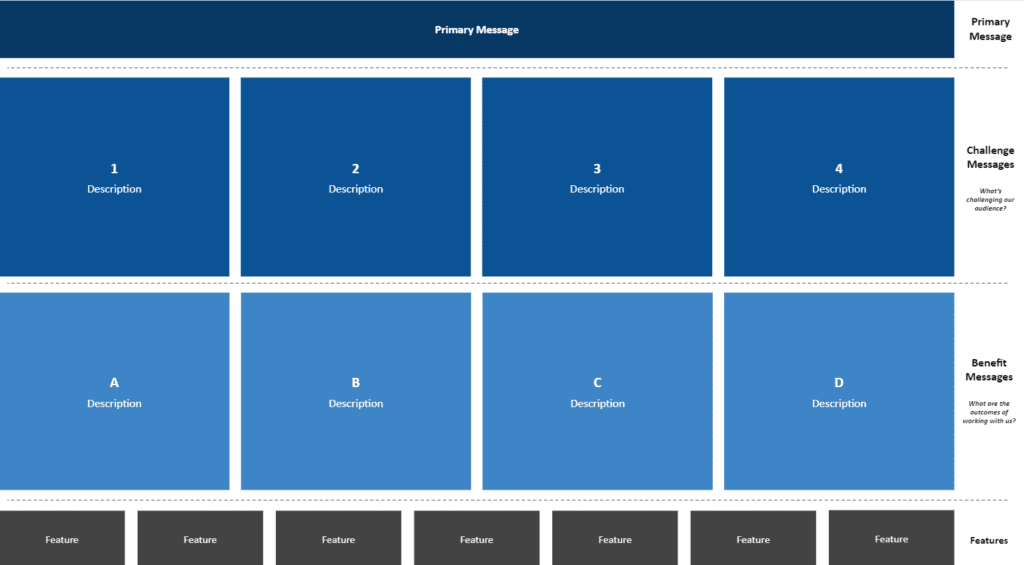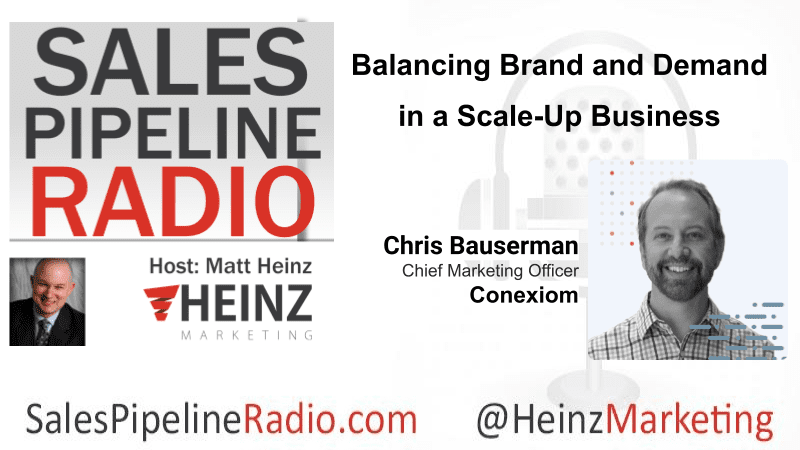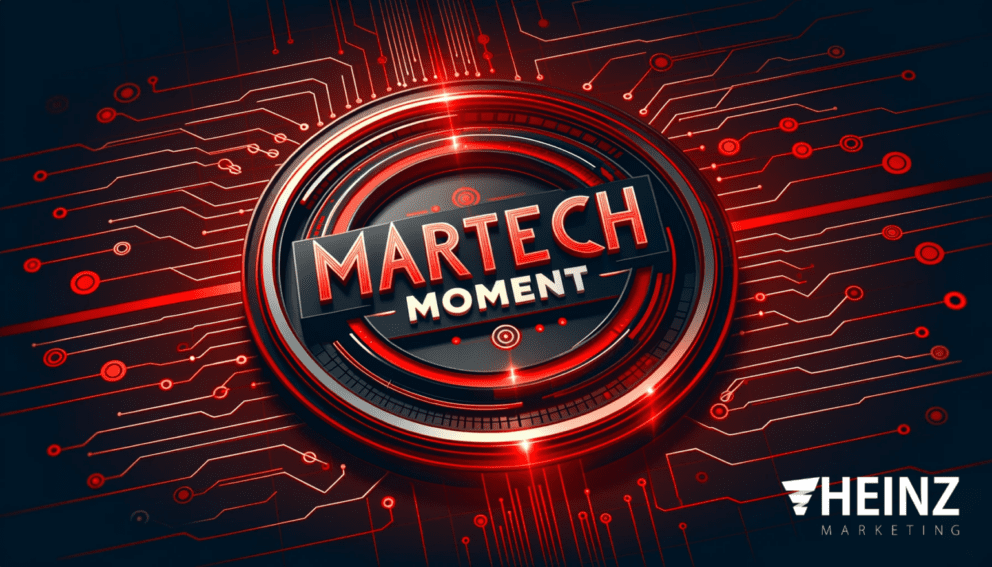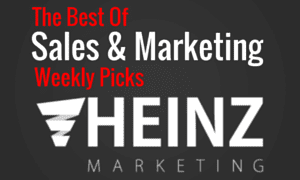Developing Messaging that Resonates with Your Audience

By Michelle Voznyuk, Marketing Specialist at Heinz Marketing
Your messaging is how your organization positions itself and the value it brings to the table. Developing a strong messaging strategy is essential in creating a foundation for your brand and marketing tactics. The wrong messaging can set you down a bad path – turning off prospects and wasting precious marketing dollars. But thoughtful, direct, and consistent messaging can resonate with your audience and move them further along down the funnel.
Here are some tips on how to build (or refresh) your messaging strategy:
Know Your Audience
The first step to developing messaging that connects with your audience is to know who you’re targeting. This will help you narrow down your larger audience so you’re going after prospects that actually have the potential to convert. While it might seem like a good idea to cast a wider net, it can actually hurt you in the end. Not only will you have a harder time trying to create messaging that caters to everyone, but it can also lead to higher ad spend. Check out this post to learn more about how you can craft your ideal customer profile.
Identify Pain Points and Challenges
Once you know who you’re targeting, it’s time to dig into their challenges. You should identify any pain points your ideal customer might be facing that hinders their ability to achieve their business goals. What are the roadblocks to their success? This could be a variety of things depending on their role, seniority, industry, etc. Knowing what your audience struggles with will help you get on their level and create messaging that says things like “I hear you”, “I understand you”, and “I know where you’re coming from”. The last thing they want is to be badgered by a business that only cares about making the sale. Showing that you’re human and treating your prospects that way helps crack the door open.
Follow Up With Benefits Messaging
After you’ve identified your audience’s pain points, you can move into developing benefits messaging. In simple terms, these are key points that demonstrate how your product or service can help solve the problems your ideal customer is facing. This is future-oriented positioning that shows what the outcomes could be in partnering with your organization. These should answer the prospect’s question “what’s in it for me?”.
Bring It All Together
Here’s a sample of a framework our team uses to develop messaging. As you can see (click to enlarge), we start with an overarching, primary message. This is the main takeaway we want our audience to know when they think, read, or hear about our solution. Next, we select five key challenge areas from the list of pain points we uncovered during the discovery phase. Then, we follow up with five benefits messages to show how our solution addresses the challenges of our audience. Lastly, we list any features or services that help support the benefits messaging.
*Important: Don’t forget to have your team review and provide feedback! You never want to be the only one who touches your messaging.
I hope you found these tips helpful as you continue to dig into your messaging strategy. By developing clear, intentional messaging and refining it as your business evolves, you can engage with your audience, provide a framework for creating new campaigns, and push your prospects along in their buyer’s journey.






